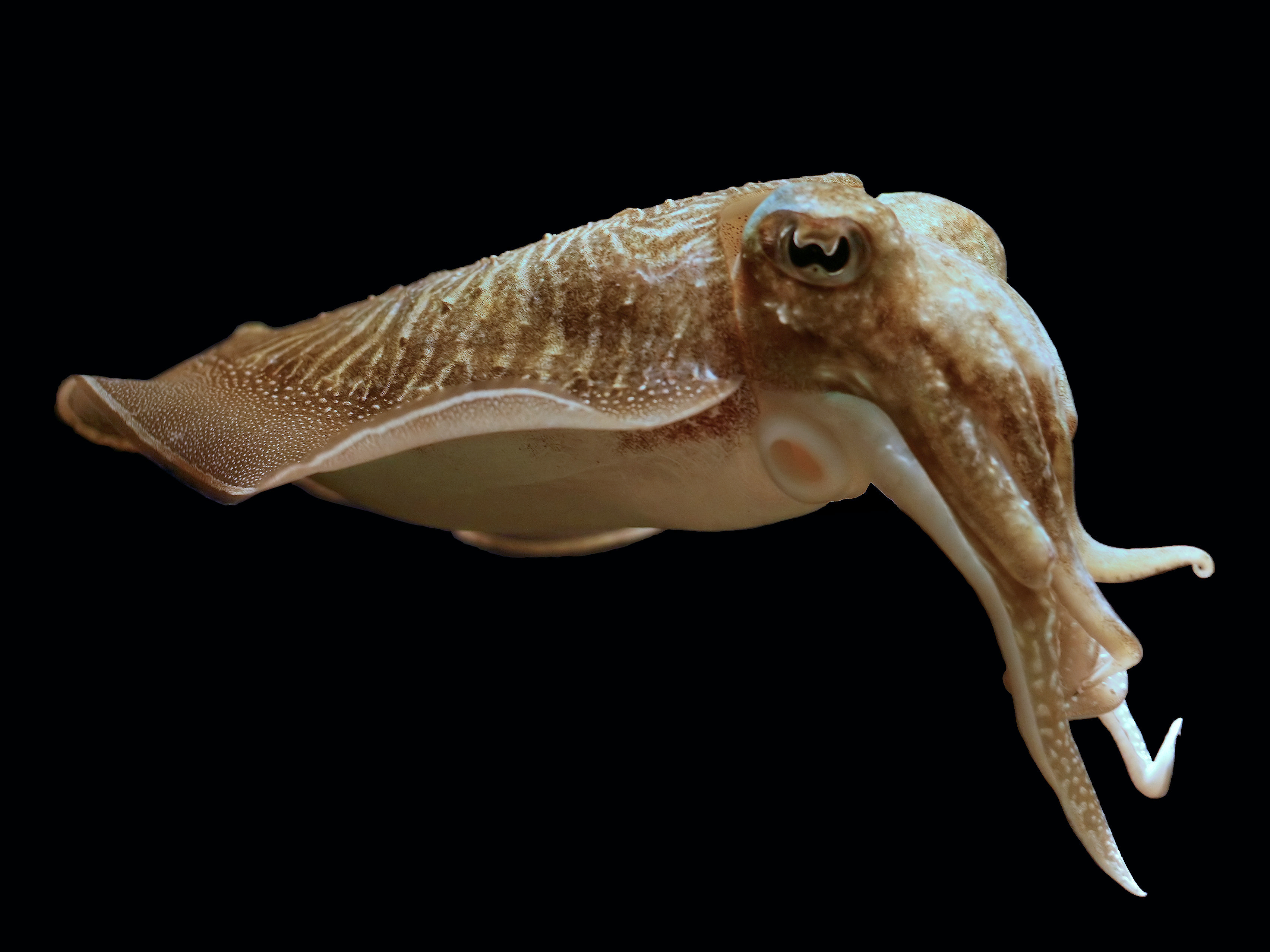Soutenance de thèse de Louis Benoist : « Etude du système immunitaire chez la seiche Sepia officinalis, un potentiel pour l’aquaculture », 20 novembre 2020
Soutenance de thèse de Louis Benoist : « Etude du système immunitaire chez la seiche Sepia officinalis, un potentiel pour l’aquaculture », 20 novembre 2020
Louis Benoist soutiendra sa thèse de doctorat intitulée :
Lieu : Amphithéâtre Vauquelin, Campus 1, Université de Caen Normandie (et en visio-conférence)
Devant le jury :
- Christine Braquart-Varnier — Professeure, Université de Poitiers [Rapportrice]
- Vianney Pichereau — Professeur, Université Bretagne Occidentale [Rapporteur]
- Delphine Destoumieux-Garzón — Directrice de recherche, Université de Montpellier [Examinatrice]
- Yannick Labreuche — Cadre de recherche, Ifremer Roscoff [Examinateur]
- Joël Henry — Professeur, Université de Caen Normandie [Président]
- Céline Zatylny-Gaudin — MCU, HDR Université de Caen Normandie [Directrice de thèse]
Résumé :
Les Céphalopodes comme la seiche Sepia officinalis, malgré une durée de vie courte, sont retrouvés dans les océans depuis des millions d’années. Chez ces animaux atypiques, peu de pathologies ont été observées révélant la présence d’un système immunitaire efficace mais peu étudié qui repose sur des processus innés. L’étude du système immunitaire de la seiche a été menée au niveau du corps blanc, organe hématopoïétique ; des cellules circulantes, les hémocytes et au niveau de la peau, première barrière avec le milieu extérieur. Au niveau du corps blanc, l’étude transcriptomique et protéomique a mis en évidence la présence de facteurs en lien avec l’hématopoïèse dont des membres de la voie de signalisation JAK-STAT. Des facteurs immunitaires ont également été identifiés révélant une possible multifonctionnalité du corps blanc. La réponse immunitaire face à Vibrio splendidus a pu être appréhendées à partir d’une analyse transcriptomique comparative sur les hémocytes. Toutefois cette dernière n’ayant pas permis d’identifier clairement des peptides antimicrobiens, une analyse in silico originale a été développée permettant de sélectionner cinq peptides candidats dont trois ont révélé une activité antibactérienne ciblée contre des bactéries du genre Vibrio. Enfin, une étude au niveau de la peau et de son mucus a été initiée. Cette étude par des approches -omiques a permis l’identification de facteurs en lien avec la reconnaissance des pathogènes et la réponse immunitaire. Par ailleurs, douze souches ont pu être isolées et identifiées au niveau du microbiome cutané. L’ensemble de ces résultats représente un apport majeur concernant le système immunitaire chez la seiche permettant d’initier des études fonctionnelles lors d’une infection ou en fin de vie. Ces études permettraient de comprendre le mode d’action des facteurs immunitaires identifiés, l’implication de chaque entité dans la réponse immunitaire ou dans la mise en place et la maintenance du microbiome.
Mots clés : Immunité, Hématopoïèse, Hémocytes, Corps blanc, Peau, Mucus, Microbiome, Omique
Study of the immune system in the cuttlefish Sepia officinalis: potential uses in aquaculture.
Abstract:
Cephalopods such as the cuttlefish Sepia officinalis, despite their short lifespan, have been found in the oceans for millions of years. In these atypical animals, few pathologies have been observed, revealing the presence of an effective but little studied immune system based on innate processes. The study of the cuttlefish's immune system has been carried out on the white body, a haematopoietic organ; on the circulating cells, the haemocytes; and on the skin, the first barrier with the external environment. At the white body level, the transcriptomic and proteomic study highlighted the presence of factors linked to haematopoiesis, including members of the JAK-STAT signalling pathway. Immune factors have also been identified, revealing a possible multifunctionality of the white body. The immune response to Vibrio splendidus could be apprehended from a comparative transcriptomic analysis of haemocytes. However, as the latter did not allow the clear identification of antimicrobial peptides, an original in silico analysis was developed to select five candidate peptides, three of which revealed a targeted antibacterial activity against bacteria of the Vibrio genus. Finally, a study of the skin and its mucus was initiated. This study using -omic approaches enabled the identification of factors related to pathogen recognition and immune response. In addition, twelve strains were isolated and identified at the level of the skin microbiome. All these results represent a major contribution concerning the immune system in cuttlefish, making it possible to initiate functional studies during an infection or at the end of life. These studies would make it possible to understand the mode of action of the identified immune factors, the involvement of each entity in the immune response or in the establishment and maintenance of the microbiome.
Keywords: Immunity, Haematopoiesis, Haemocytes, White body, Skin, Mucus, Microbiome, Omic


